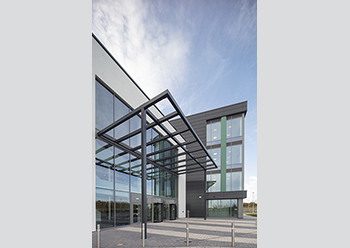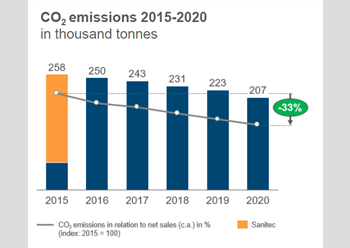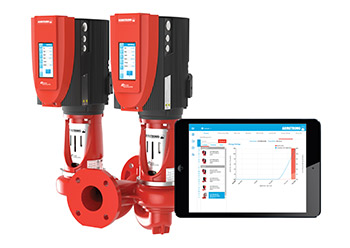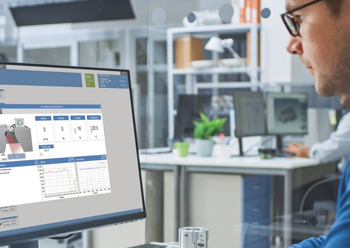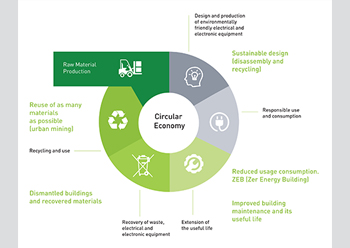
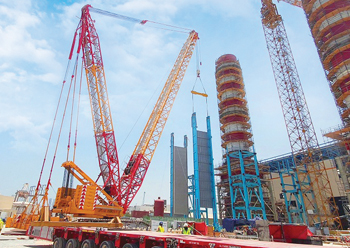 Demag CC 3800-1 lattice boom crane at work on the project.
Demag CC 3800-1 lattice boom crane at work on the project.
Al Faris, which claims to have the largest fleet of cranes and other heavy equipment in the Middle East, said it recently deployed Demag CC 3800-1 lattice boom crawler crane for a challenging job at a power plant work site in the UAE which involved lifting 80-tonne heat recovery steam generators (HRSGs).
Newly part of the leading Japanese group Tadano, the Demag brand embodies a 200-year legacy of providing intelligent and innovative lifting solutions.
Demag’s city, all-terrain and lattice boom crawler cranes offer capacities from 45 tonnes to 3,200 tonnes, helping customers to enhance their lifting efficiencies on a range of infrastructure, renewable energy, building and heavy civil construction, utilities, and refining applications.
Al Faris said the project, which has been on for nearly six months, involved transportation and setting up of various power plant components, such as condensers, boilers, HRSG modules, generators, and tanks.
To take care of this, Al Faris used a whole armada of special-purpose vehicles, including hydraulic trailers and various all-terrain and crawler cranes.
As part of a power plant expansion, one of the jobs for Al Faris was to install 16 double-wall HRSGs, which will be used to recover the gas power plant’s waste heat and improve its efficiency. For this feat, the company used the Demag CC 3800-1 lattice boom crawler crane as the main crane for the job.
“After considering the load weights and the required performance characteristics, it became clear that only a crane in the 650-tonne class would be able to get the job done. And the reason we ended up deciding on the Demag CC 3800-1 was that it met every single requirement better than all other machines, not to mention that we’re very familiar with its high reliability and incredible capabilities,” explained Al Faris Founder and Managing Director Hilary Pinto.
“It took a seven-person set-up team made up of a crane operator, a supervisor, and five assembly technicians 20 hours to set up the crane with an SSL resp SWSL configuration. That really was a pretty amazing feat by our people. After all, the 66-m-long boom couldn’t be assembled on the ground due to the SSL configuration and the limited space available, so they had to do it at height,” noted Pinto.
According to him, the heaviest and most challenging lifts by far involved the 28-m-long HRSG, which weighed up to 80 tonnes.
“These HRSG units had to be brought to a height of just under 60 m at a radius of 40 m so that they could be installed. To do this, the Al Faris team used an SWSL configuration with a 48-m main boom, a 36-m fly jib, a Superlift counterweight of 165 tonnes with a radius of 11 m,” he noted.
For the 16 lifts, the Demag CC 3800-1 was assisted by a 250-tonne crawler crane from Al Faris’ fleet: The latter picked up the HRSGs from one end so that the CC 3800-1 would be able to bring them to a vertical position. After this, the 250-tonne crane “unhanded” the load so that the CC 3800-1 would be able to travel under load with the corresponding HRSG unit and place it into the desired position, he added.








.jpg)




.jpg)




























.jpg)

































